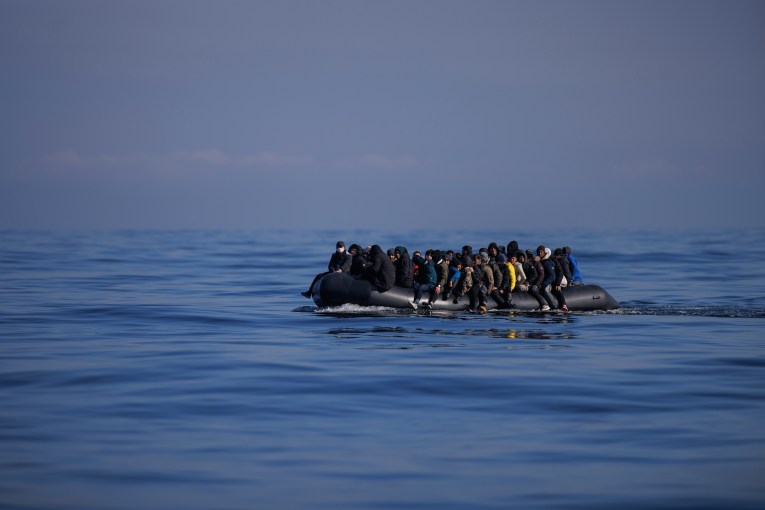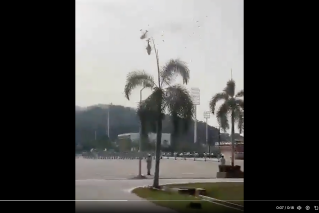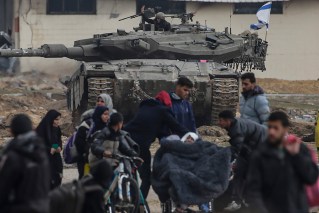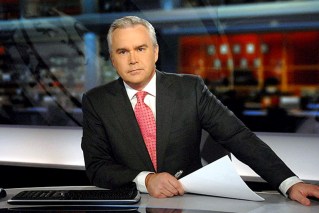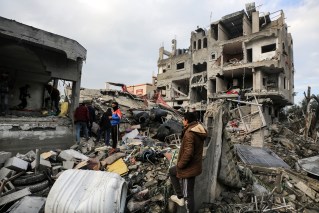Questions raised about pilot training over Ethiopia crash

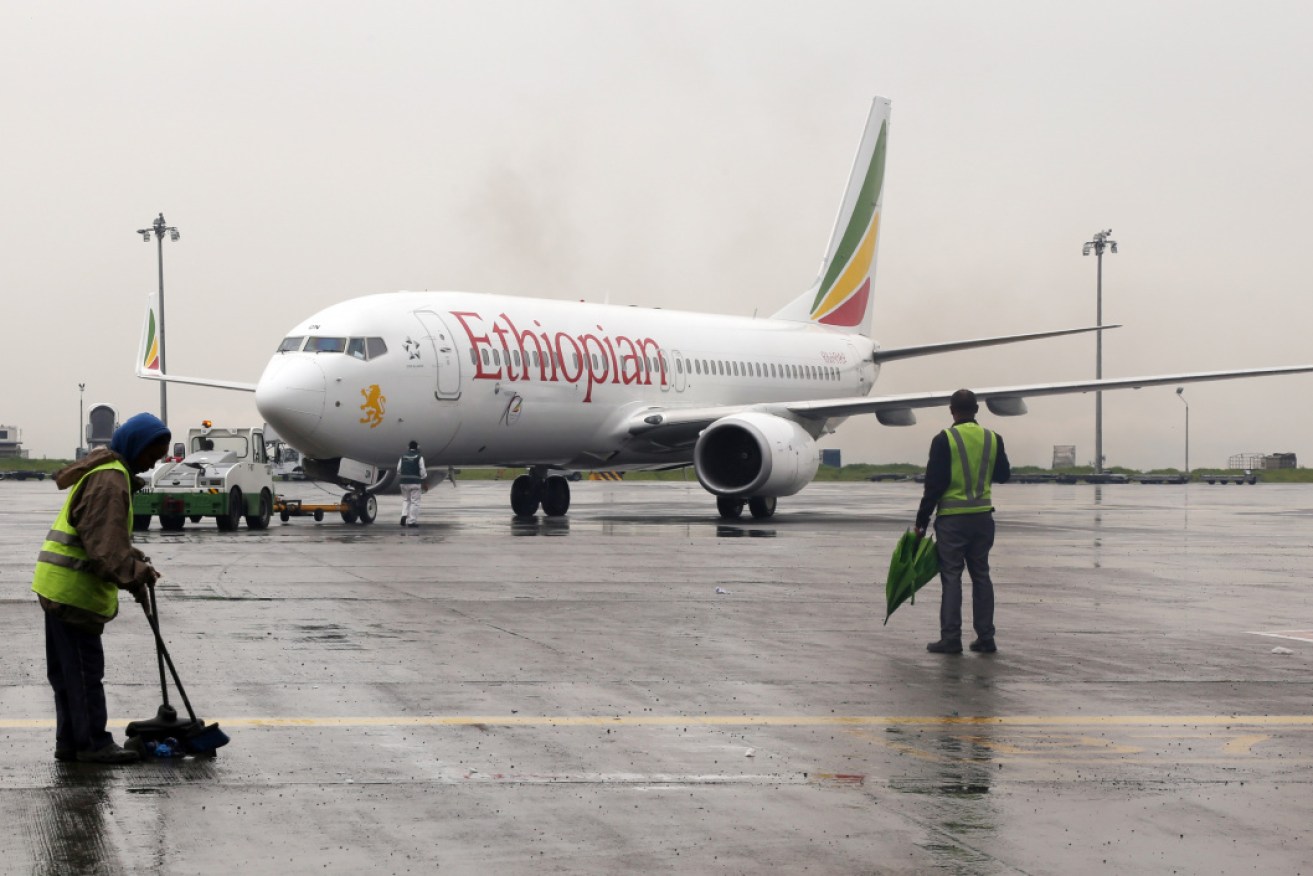
An Ethiopian Airlines plane similar to this crashed shortly after take-off on Sunday. Photo: Getty
Questions have been raised over whether airlines are adequately training their pilots with the specialised skills to fly new, high-tech passenger jets after two deadly air disasters in Indonesia and Ethiopia.
It comes as aviation authorities confirmed to The New Daily on Tuesday night that it had suspended airlines from flying Boeing 737 MAX planes in or out of Australian airports after the latest fatal air crash.
Boeing has pointed to a need to further train pilots on how to manage a safety system fitted into the new, larger MAX jets, and it has promised to update its manuals sent to airlines that order the new planes.
The concerns about pilot training follow Sunday’s Ethiopian Airlines tragedy that killed 157 people, and an eerily similar crash involving the same model of plane that killed 189 people in Indonesia in October.
The planes were new Boeing 737 MAX 8 models and both crashed just minutes after take-off.
At least 19 airlines around the world have already voluntarily grounded similar planes in their fleets, but US aviation regulators say the 737 MAX 8 operating in the US is fit to fly.
A temporary suspension imposed last night by the Civil Aviation Safety Authority (CASA) affects two airlines, Fiji Airways and SilkAir, which are both based overseas but fly in and out of Australia.
US Republican Senator Mitt Romney and Democratic presidential hopeful Elizabeth Warren have called on the Federal Aviation Administration to follow several suit and temporarily ground the 737 MAX 8 in America.
While the exact cause of the plane crash in Ethiopia is unclear, Indonesian officials probing last year’s Lion Air crash believe the pilots struggled to keep the jet’s nose up during take-off.
They pointed to a problem controlling an automatic safety system that repeatedly pushed the plane’s nose down.
Ethiopian Airlines chief executive Tewolde GebreMariam confirmed Flight 302’s pilots told air traffic control they were having “flight control problems” before the crash.
Witnesses to the ill-fated plane’s final seconds after take-off from the capital Addis Ababa told Reuters the plane “tried to climb but it failed and went down nose first”.
‘Missed it by two minutes’: Lone passenger’s lucky escape
Aviation analyst Neil Hansford said the automatic safety device fitted in the new Boeing aircraft was a useful tool to stop the plane from stalling during take-off, but to do so, it would push the nose down.
US President Donald Trump weighed in on Wednesday morning (Australian time), tweeting that additional “complexity creates danger” in modern aircraft and hinders pilots from making “split second decisions” to ensure passengers’ safety.
While not specifically mentioning the Boeing crashes, Mr Trump said: “I don’t know about you, but I don’t want Albert Einstein to be my pilot.”
….needed, and the complexity creates danger. All of this for great cost yet very little gain. I don’t know about you, but I don’t want Albert Einstein to be my pilot. I want great flying professionals that are allowed to easily and quickly take control of a plane!
— Donald J. Trump (@realDonaldTrump) March 12, 2019
The popular new MAX 8 is a larger jet (than the 737-800 model) and has a different centre of gravity from other models.
“The [automatic safety device] is in many Airbus aircrafts without any problems, but this is the first time Boeing has had to put it in,” Mr Hansford said.
“It takes over the aircraft and pushes the nose down to stop the chance of a stall.”

Boeing’s shares dropped as much as 10 per cent after the crash in Ethiopia. Photo: Getty
He said it was crucial pilots received detailed training about how to use the technology that – depending on the airline – may not be fitted in other planes they have flown in the past.
“The centre of gravity on the new aircraft is different to what’s on a traditional 737-800 model … because they’ve had to stretch it and put large engines on it,” Mr Hansford said.
Monash University professor and airlines expert Greg Bamber said it was too early to say whether pilot training issues contributed to the Ethiopian Airlines crash, but added “there are some questions Boeing needs to answer about this particular aircraft”.
“In both cases, the planes were brand-new Boeings with a new safety system,” Professor Bamber said.
“Ethiopian Airlines is one of the most highly ranked airlines in Africa … it is very highly regarded.”
CASA corporate communications manager Peter Gibson said all Australian pilots must undergo “very extensive training” that requires them to complete a detailed course tailored to each specific aircraft they intend to fly.
“There are a lot of requirements that come with introducing a new aircraft into your fleet,” Mr Gibson said.
“They’re not like cars; you can’t just jump in from one to the other.”
Even the most experienced pilots in Australia are forced to complete ongoing refresher training after completing a certain number of flying hours.
“Training is done in simulator aircrafts. They’re so good, it’s like being in a real cockpit,” he said.
“It’s a very complex process and very time-consuming.”
To see whether an upcoming flight will be on a Boeing 737 MAX 8, you can enter your itinerary information using seatguru.com.
But there is a possibility the aircraft may change before your departure.
